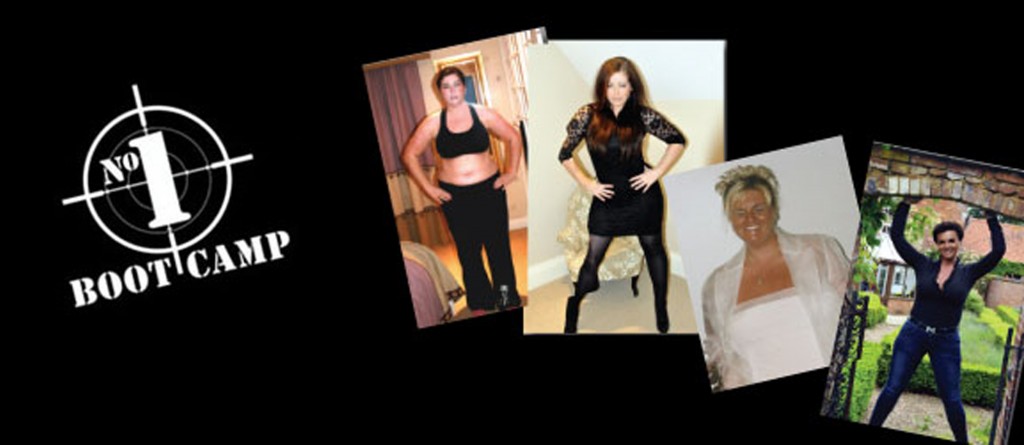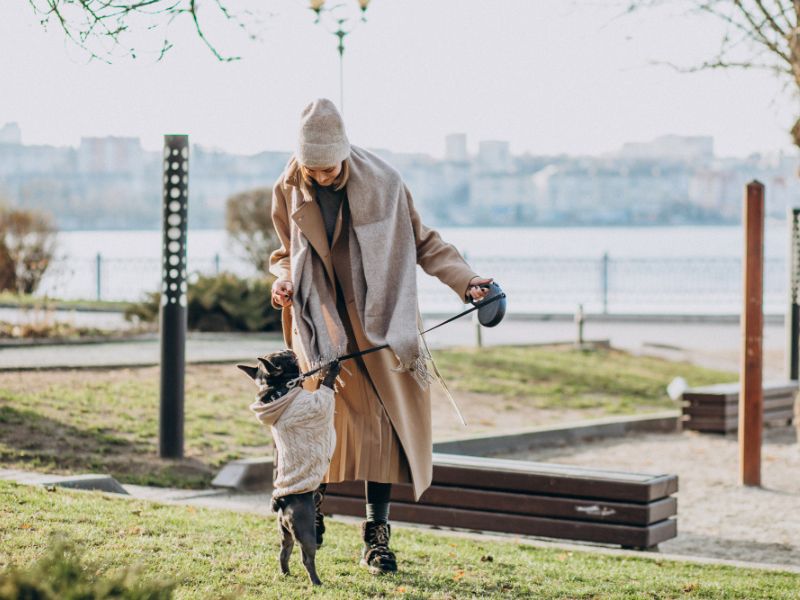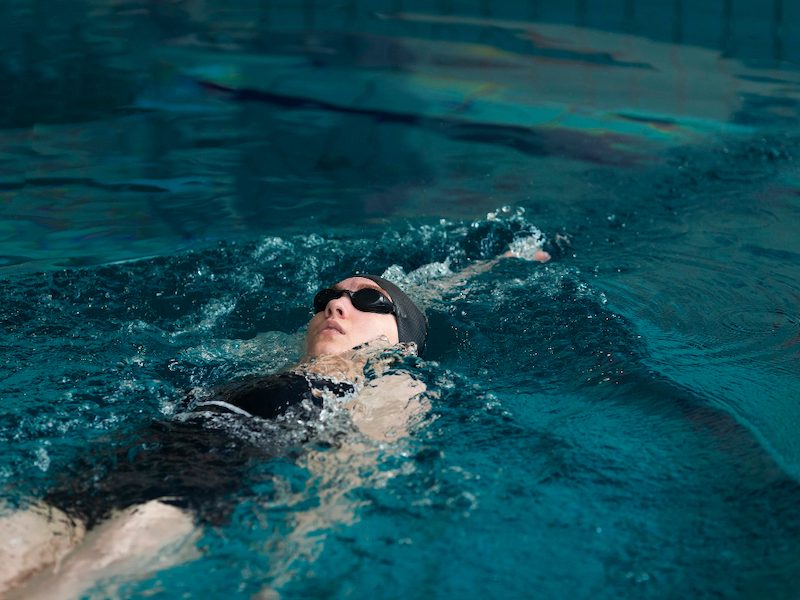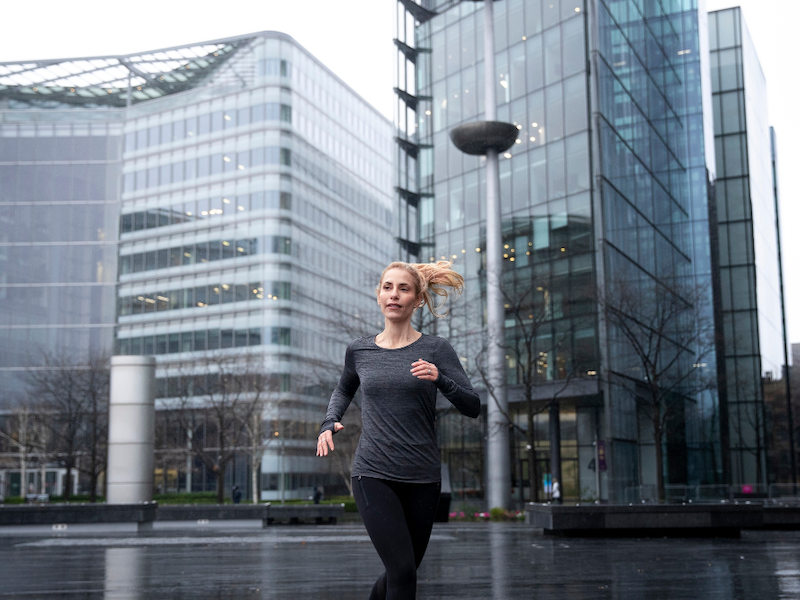If you’re inspired by the Olympics, or just living in fear of the beach bikini, and want to get in shape over the summer, here’s ten top training tips from www.no1bootcamp.com
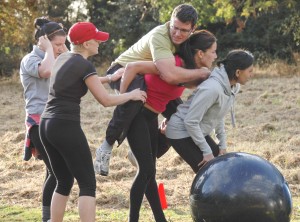 Love it
Love it
If you enjoy the training, you’re likely to do it harder, better, for longer. If you hate running, try something else first. If you love being outdoors then try cycling.
Learn it
Technique is important and will save you time, tears and reduce injuries! If you’re at the gym, ask an instructor to show you the correct way to use equipment, at the right level. A personalized programme is best. If you’re doing a sport get a lesson, or advice from an expert, get your equipment checked to be the right set up for you (bikes etc)
Share it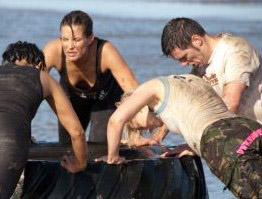
Motivation can be improved by training with friends. But they don’t need to be physically with you – share your training online or join a challenge where you work together, but individually, towards a goal. Why not sign up for a 10k run, charity cycle, bootcamp or walk? It can make all the difference to the programme you follow, success you achieve and satisfaction you feel.
Change it
Boredom and repetition kill the exercise bug. Change your routine, training times, locations, training partners, music, difficulty levels. Record where you start and your improvements to stay motivated by the results you can see.
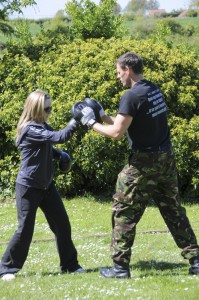 Weight watchers
Weight watchers
It’s not all about weight loss and inches. Think about your improvements across the board – fitness, strength, stamina, recovery speed, posture, flexibility, sporting wins, how your clothes feel, glowing skin, muscle tone. Take pride in what you’re achieving in all sorts of ways.
Drink fluids
Remember to drink plenty of water – sip water slowly and frequently during strenuous activity, Don’t gulp gallons! Drink more within a half hour of training. If you wait until you’re thirsty, you’re already far behind and it will be difficult to catch up during your conditioning or training. One way to determine if you’re drinking enough water is the color of your urine—it should be clear. If it’s dark yellow, you’re not drinking enough.
If you’re not sufficiently hydrated you can suffer from :
Heat cramps
These are painful, involuntary muscle spasms that usually occur in the muscles being exercised, such as the legs or arms.
Heat exhaustion
Symptoms include a rapid heart rate, low blood pressure, possibly a low-grade fever and hot, red, dry or sweaty skin. People with heat exhaustion may look pale and feel faint or nauseous.
Heat stroke
This is a serious and sometimes fatal condition in which your body is unable to sweat and regulate its temperature. Symptoms include rapid heartbeat, unusually high or low blood pressure, fainting, rapid and shallow breathing, confusion, irritability and loss of consciousness.
Avoid peak sun
Avoid rigorous workouts during the peak temperatures of 11 a.m. to 2 p.m. Heat only makes you tougher if you’re already in top athlete condition. Otherwise heat exhaustion or heat stroke are your likely outcomes!
Warm up
Stretching prevents muscle injury. Proper stretching lengthens or “loosens” muscle tissue, making it less prone to trauma and tears. Pre-workout warm-ups become more important with age, but they help reduce the risk of injury at any age.
Eat balanced meals
Peak performance needs proper preparation and part of this is the correct nutrition. Your body needs fuel, and the right type. It’s best to get advice on what to eat for the type of training you want to do and your current fitness/weight. Don’t guess. Getting it right will help your training have most effectiveness.
Typically these things help :
- Eating every 2-3 hours during the day will help keep your metabolism up.
- Generally speaking, cut carbs out in the early evening.
Pace yourself
Start slowly if you’re not already in shape. Increase your workouts gradually, by no more than 10 percent a week.

